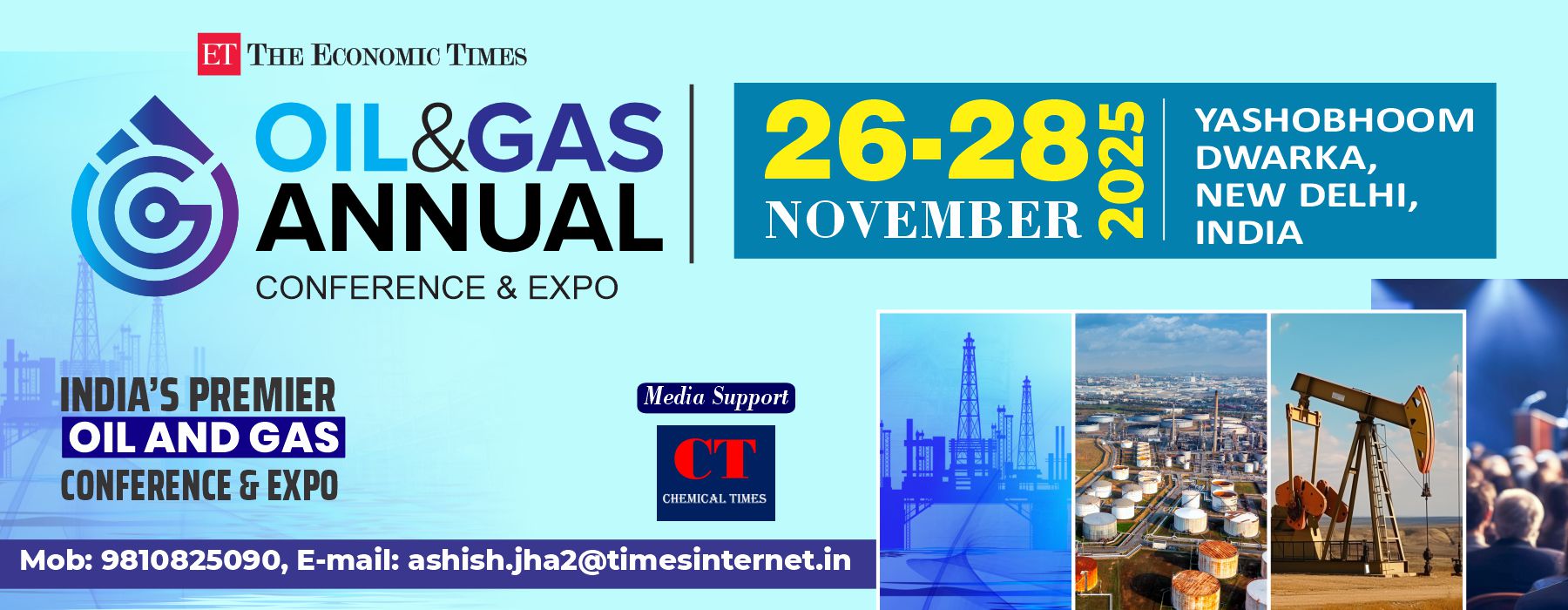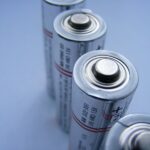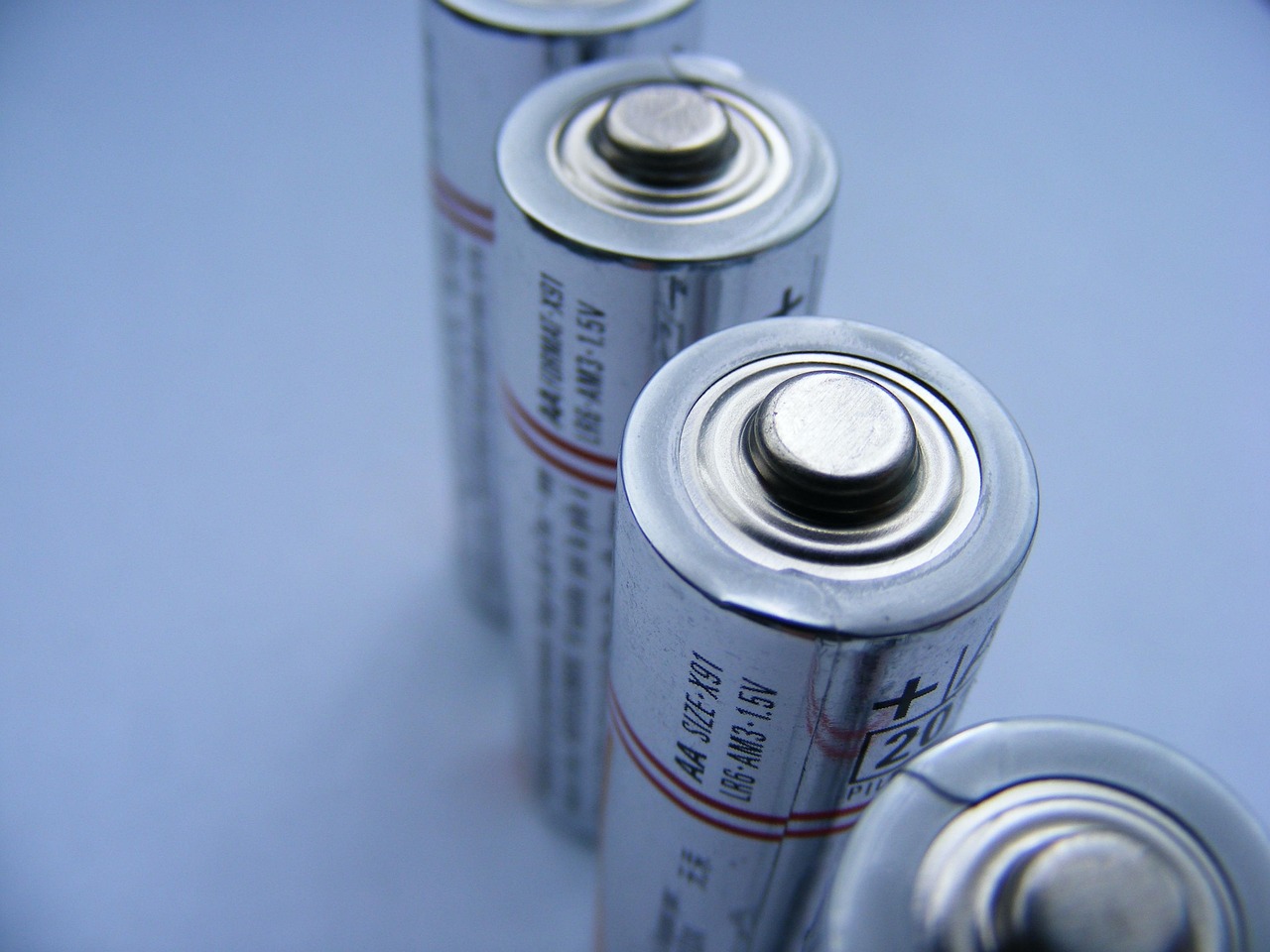In the rapidly evolving field of materials science, the quest for new materials with enhanced properties and multifunctionality continues to push the boundaries of innovation. Among the most exciting developments in recent decades are metal-organic frameworks (MOFs)—a novel class of crystalline, porous materials that combine inorganic and organic components in highly ordered structures. Thanks to the foundational principles of reticular chemistry, MOFs have unlocked vast possibilities for tailored material design, enabling applications in energy storage, catalysis, environmental protection, drug delivery, and more.
This article explores the fundamentals of MOFs and reticular chemistry, highlights their key properties, and delves into the cutting-edge applications shaping the future of advanced materials.
Understanding Metal-Organic Frameworks (MOFs)
Metal-organic frameworks are coordination polymers composed of metal ions or clusters (referred to as nodes) interconnected by organic ligands (linkers), forming extended networks with highly porous architectures. Since their introduction in the late 1990s, MOFs have garnered intense interest due to their unparalleled structural diversity and high surface areas, making them some of the most porous materials known to date.
Unlike traditional inorganic materials such as zeolites or activated carbons, which have fixed frameworks, MOFs are designed via a modular approach that allows systematic variation of both the metal centers and organic linkers. This modularity empowers scientists to construct frameworks with precise pore sizes, shapes, and chemical functionalities tailored to specific applications.
The Role of Reticular Chemistry in MOF Design
At the heart of MOF development lies reticular chemistry, a synthetic strategy focused on linking molecular building blocks through strong, directional bonds to create predetermined, ordered frameworks. The term “reticular” refers to a net-like structure, capturing the essence of how atoms and molecules connect in these materials.
Reticular chemistry distinguishes itself by:
Predictability: The connectivity of building blocks can be anticipated, enabling rational design of target structures.
Modularity: Components can be mixed and matched, allowing the construction of an enormous variety of frameworks from a limited set of building blocks.
Tunability: Chemical and physical properties can be finely tuned by altering the nature of metal nodes and organic linkers.
This bottom-up, modular approach has revolutionized materials synthesis, shifting away from empirical trial-and-error methods toward a rational, design-driven paradigm.
Key Properties of MOFs
Several intrinsic properties of MOFs contribute to their extraordinary versatility:
1. Exceptional Porosity and Surface Area
MOFs are renowned for their extraordinarily high porosity, with internal surface areas that can exceed 7000 m²/g—a figure that dwarfs many traditional porous materials. These extensive internal surfaces provide ample space for adsorption, storage, or interaction with guest molecules, making MOFs ideal for applications like gas storage and separation.
2. Crystallinity and Structural Diversity
The crystalline nature of MOFs allows for precise determination of their atomic arrangements via techniques such as X-ray diffraction. This orderliness facilitates targeted design and optimization, enabling researchers to engineer frameworks with varying dimensionalities—ranging from one-dimensional chains to two-dimensional layers and fully three-dimensional networks.
3. Chemical Versatility
The organic linkers in MOFs can be functionalized with a variety of chemical groups, enabling tailored interactions with guest molecules. Additionally, different metals or metal clusters can be incorporated to introduce catalytic sites or magnetic properties.
4. Thermal and Chemical Stability
While early MOFs sometimes suffered from instability in the presence of moisture or heat, advances in synthesis have yielded robust frameworks that can withstand harsh environments. This expands their practical applications in industry and environmental settings.
5. Post-Synthetic Modification
MOFs can be chemically modified after synthesis to introduce new functionalities or improve performance. This flexibility allows fine-tuning without the need to resynthesize the entire framework.
Cutting-Edge Applications of MOFs and Reticular Chemistry
The remarkable properties of MOFs have translated into a diverse array of applications across multiple fields.
Gas Storage and Separation
One of the most extensively researched applications of MOFs is the storage and separation of gases. Their high surface area and tunable pore environments make MOFs excellent candidates for storing gases like hydrogen, methane, and carbon dioxide.
Hydrogen and Methane Storage: As the world shifts toward cleaner energy, MOFs offer promising solutions for compact, efficient storage of hydrogen and methane, key fuels for fuel cell vehicles and natural gas-powered engines.
Carbon Capture: MOFs can selectively adsorb CO₂ from industrial flue gases, aiding efforts to reduce greenhouse gas emissions. Their tunable chemical environments allow for preferential capture of CO₂ even in the presence of other gases like nitrogen.
Gas Separation: MOFs enable selective separation of gas mixtures by exploiting differences in molecular size and affinity. This capability is valuable for purifying natural gas or removing contaminants.
Catalysis
MOFs have emerged as powerful catalysts due to their ability to incorporate active metal centers within a porous scaffold. Their open frameworks facilitate easy access of reactants to catalytic sites while allowing controlled reaction environments.
Applications include:
Heterogeneous Catalysis: MOFs can catalyze a variety of organic reactions such as oxidation, hydrogenation, and carbon–carbon bond formation, often with high selectivity and turnover rates.
Photocatalysis: Some MOFs can harness light energy to drive chemical transformations, including water splitting and CO₂ reduction, contributing to renewable energy technologies.
Drug Delivery
The biocompatibility and tunable porosity of MOFs enable their use as advanced drug delivery systems. Drugs can be encapsulated within MOF pores and released gradually, enhancing therapeutic efficacy and minimizing side effects.
Advantages include:
Controlled Release: MOFs can be engineered to respond to stimuli such as pH or temperature, releasing drugs only under specific physiological conditions.
High Loading Capacity: The large internal volume of MOFs allows for the storage of significant amounts of drug molecules.
Protection of Drugs: Encapsulation within MOFs can protect sensitive drugs from degradation before reaching their target.
Sensing and Detection
MOFs’ customizable chemistry makes them ideal for sensing applications. By selectively binding target molecules, MOFs can induce changes in their physical properties—such as luminescence or electrical conductivity—that can be detected and quantified.
Applications include:
Environmental Monitoring: Detection of toxic gases or pollutants in air and water.
Medical Diagnostics: Sensing biomarkers or pathogens for disease diagnosis.
Electronics and Photonics
Emerging research explores the incorporation of MOFs in electronic and photonic devices. Their ordered structures and ability to host functional molecules enable applications such as:
Light Harvesting: MOFs can be designed to absorb and transfer light efficiently, useful in solar cells and photodetectors.
Charge Storage and Transport: MOFs with conductive properties may find roles in batteries and supercapacitors.
Challenges and Future Prospects
While MOFs hold extraordinary promise, several challenges must be overcome to enable widespread commercial adoption:
Stability and Durability: Continued efforts are needed to develop MOFs that maintain integrity under real-world conditions such as humidity, temperature fluctuations, and mechanical stress.
Scalability and Cost: Synthesis of MOFs at industrial scales remains complex and sometimes costly, requiring new methods that are economically viable and environmentally friendly.
Integration into Devices: Translating MOFs from powder form into usable components within devices (films, membranes, composites) is an active area of research.
The Road Ahead: Innovations on the Horizon
Advancements in MOF research continue at a rapid pace. Some exciting future directions include:
Multifunctional MOFs: Designing frameworks that combine catalytic, sensing, and storage functions in a single material.
Dynamic MOFs: Developing “smart” MOFs that respond to external stimuli such as light, heat, or electric fields, enabling controllable behavior.
Computational Design and Machine Learning: Leveraging artificial intelligence to predict optimal MOF structures and properties, accelerating discovery.
Hybrid Materials: Integrating MOFs with polymers, nanoparticles, or other materials to create composites with enhanced performance.
Conclusion
Metal-organic frameworks, driven by the principles of reticular chemistry, represent a transformative class of advanced materials with unparalleled tunability and multifunctionality. Their exceptional porosity, structural diversity, and chemical versatility have propelled them to the forefront of research in gas storage, catalysis, drug delivery, sensing, and beyond.
Despite challenges related to stability and scale-up, ongoing innovations continue to expand the horizons of what MOFs can achieve. As science and engineering converge to harness these remarkable materials, MOFs are poised to play a pivotal role in addressing critical challenges in energy, environment, health, and technology—ushering in a new era of materials designed from the molecular level up.
















